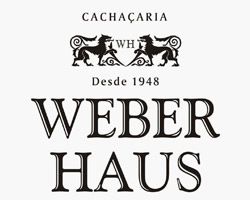
The history of the Weber Haus family in Brazil began in 1824, when they migrated from the Hunsrück region of Germany to the southern region of the country. The Weber settled in the forests of the slopes of the Serra Gaúcha, today Ivoti, more precisely in a small parcel of land, Lot 48. Initially, the family, when acquiring lands in the then unknown New World, began with the planting of the English potato for the production of a drink called 'schnaps'. Only in 1848, with the planting of sugarcane and following historical traditions, begins the elaboration of cachaça with the purpose of consumption.
Currently, the company operates in the national and international markets. The main export market is the North American. The products are present in 17 states of that country. Only in 2017, the company closed with three new countries: Estonia, Luxembourg and Austria. Other markets are England, Germany, China, France, Japan, Italy, Norway, Sweden, the Netherlands and Denmark. In the Brazilian territory, it operates in 23 states, in addition to the Federal District, in particular the São Paulo, Rio de Janeiro, Minas Gerais, Bahia, Paraná and Rio Grande do Sul markets. In addition to the constant conquest of new markets, in 2014 The company acquired the brand Velho Pescador, one of the most traditional alembic cachaças in Rio Grande do Sul. The brand was acquired by the H. Weber Distillery along with the other labels of the legendary Fazenda Maribo, from Osório (RS). Among them are the 30 Luas and Santa Martha Cachaças (Silver and Aged in Grapia), the latter produced by the first distillery and cachaçaria of the South of the Country, from 1928, with the same name.